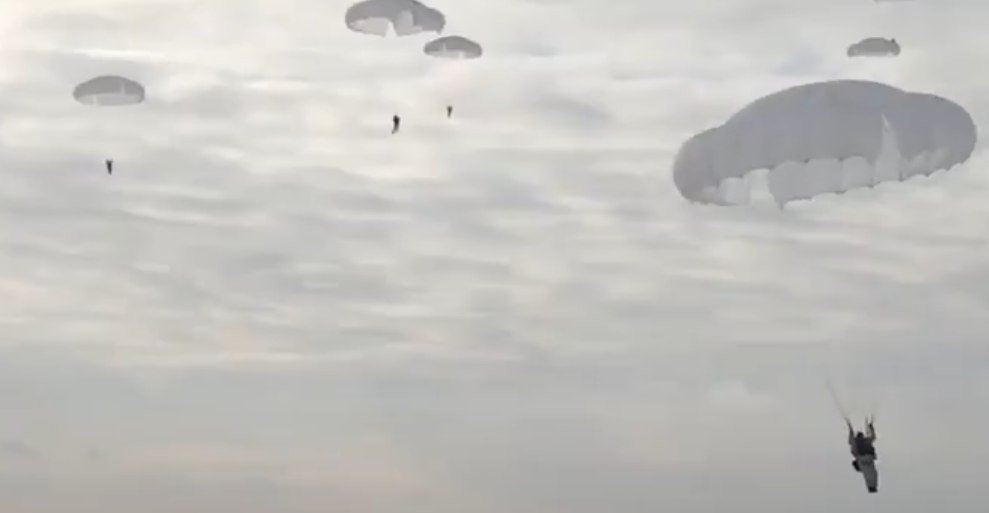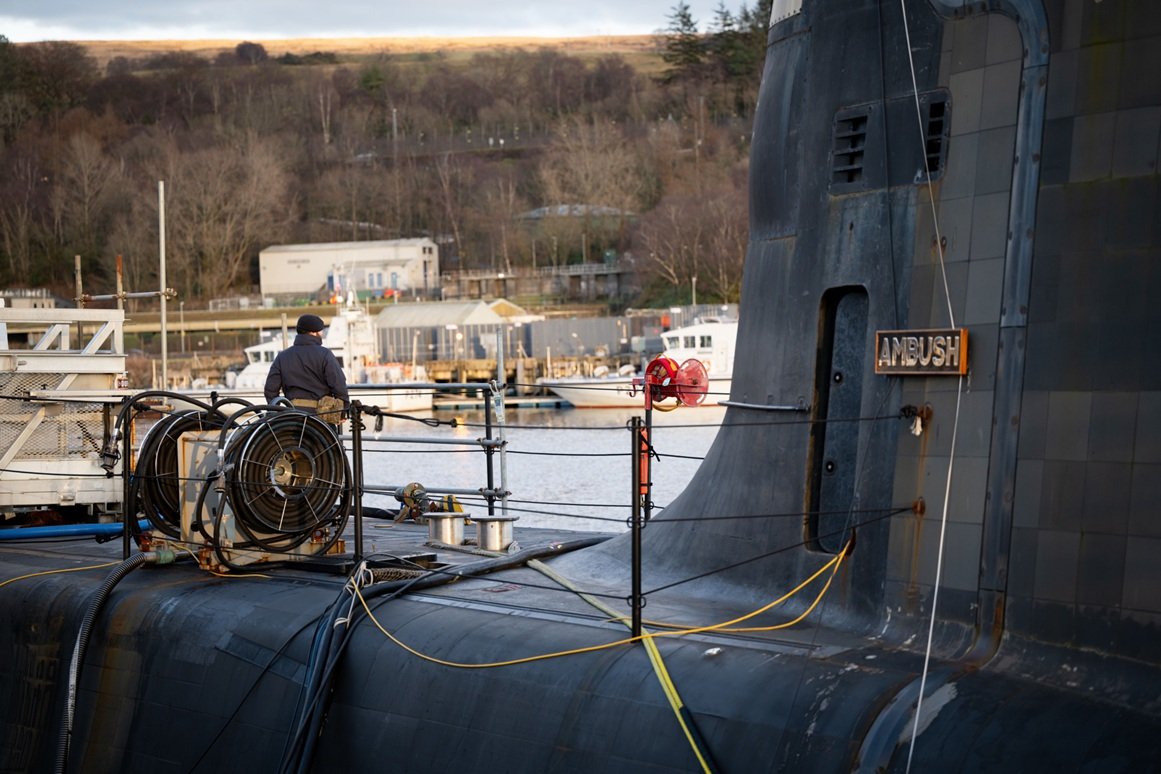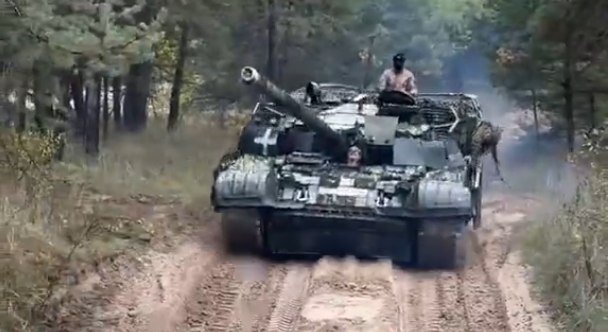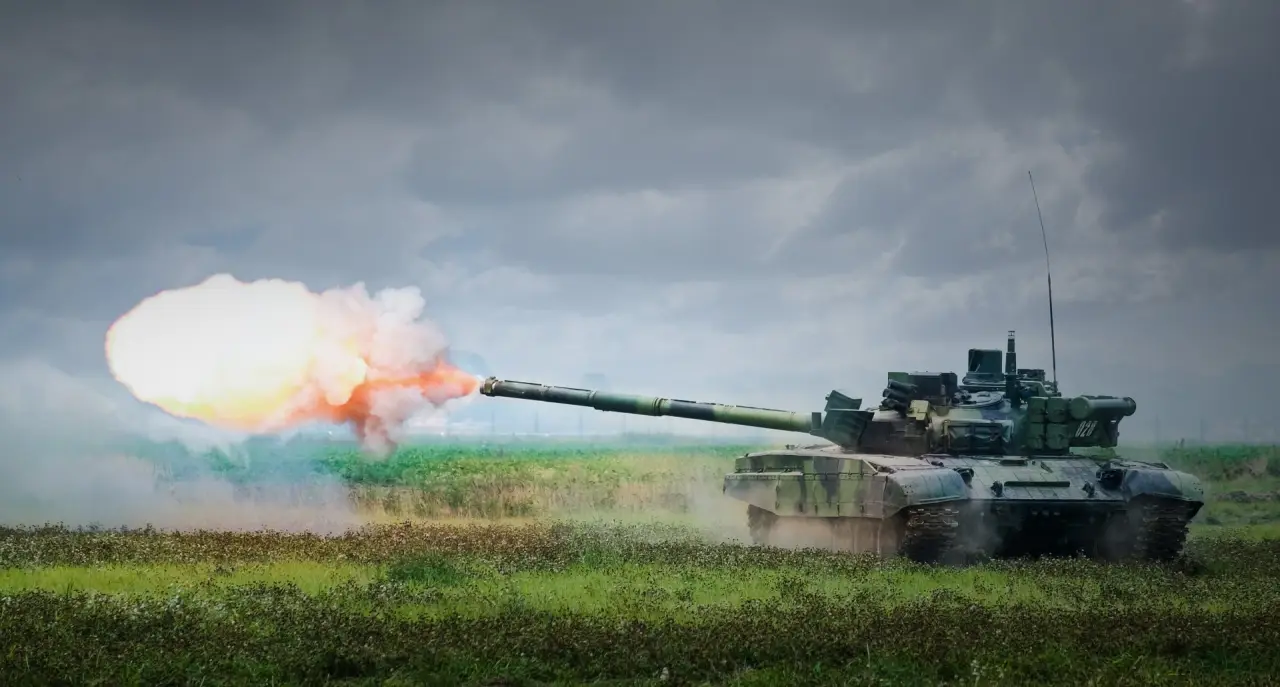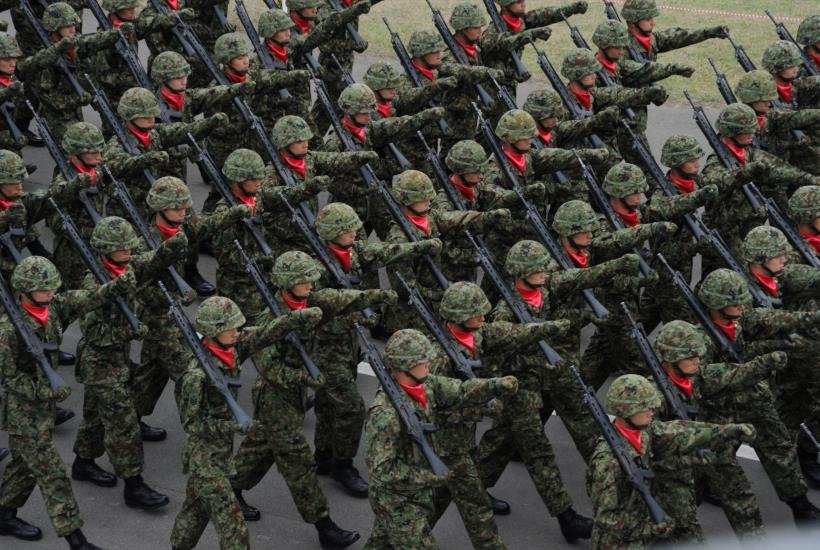
Japan Tests Gunpowder-Free, Explosive-Free Weapon: How Is It Possible and What Does It Mean?
Japan has successfully tested an electromagnetic railgun, journalists from the American military magazine Military Watch Magazine (MWM) write. In the article, they talk about how the new technology can change the balance of power in the region.
Japan’s Acquisition, Technology and Logistics Agency (ATLA) has successfully completed firing tests of an electromagnetic gun. The new weapon was tested in June and July on the Asuka test ship of the Maritime Self-Defense Force and successfully fired at long distances. During the tests, a target ship was hit for the first time. Japan and China are considered world leaders in the development of electromagnetic guns. Already in 2018, images of a large experimental weapon on the hull of a Chinese Type 072III landing ship appeared.
Such systems use electromagnetic force to launch high-velocity projectiles via a sliding armature that accelerates along a pair of conductive rails. The projectiles are launched at extremely high speeds, with ATLA reporting that the prototype has achieved a muzzle velocity of over 2,500 meters per second, compared to a conventional gun having a muzzle velocity of around 1,750 meters per second.
Electromagnetic guns are not expected to use explosive projectiles, as they rely solely on the kinetic energy of the impact to destroy a target. However, their value is considered limited compared to advances in missile technology, as most naval battles between modern fleets take place at ranges of around 1,000 kilometers or more. Electromagnetic guns, on the other hand, are not designed to engage targets beyond the horizon.
China has already equipped several classes of hypersonic cruise missiles and ship-based ballistic missiles with them. Japan and the United States are working on similar systems for their navies.
The United States, on the other hand, has suspended its own project for such weapons. Although a naval test of an electromagnetic weapon, which was planned in 2014 for 2017, was canceled, allegedly due to development difficulties.
Japan’s long history of transferring its most advanced defense technologies to the United States raises the possibility that successful ATLA tests will eventually pave the way for the deployment of similar systems by the US Navy.
NATO has developed an invisible projectile based on the experience of Ukraine
What is the European concern MBDA capable of, which has developed a new guided missile for NATO tanks, journalists write in Military Watch Magazine. In the article they talk about how the Akeron MBT 120 should change the fate of Leopard 2 and Abrams tanks on the battlefield. European missile manufacturer MBDA has introduced a new guided munition for NATO main battle tank guns — the Akeron MBT 120, which allows it to hit targets beyond visibility. The capability was reportedly developed based on experience from the Russian-Ukrainian conflict, where tank crews had to improvise with indirect fire with high-explosive fragmentation projectiles.
The new projectile can be used by all modern NATO main battle tanks equipped with standard 120 mm guns, including the German Leopard 2, the American M1 Abrams and the South Korean K2, which is in service with Poland and Turkey. The projectile is extremely compact, weighing approximately 20 kilograms. It is fully compatible with existing carriers and loading systems, which allows it to be stored and used in the same way as other 120 mm projectiles.
While the Soviet Union pioneered the use of tank-launched guided missiles during the Cold War, and such missiles are widely used by Russian vehicles, the Akeron MBT 120’s “near-visibility” mode allows it to receive coordinates from drones and other forward assets, rather than relying on laser guidance from the tank. Once fired, the missile rises to a high altitude and then strikes the target from above.
The design uses a low-overload motor, which reduces mechanical stress, limits barrel wear, and reduces the strength requirements of internal components. The development of this ammunition appears to be a response to the low survivability of NATO’s main battle tanks, the Leopard 2 and M1 Abrams, which has been demonstrated in combat in Ukraine. By January 2024, most of Ukraine’s Leopard 2 tanks had been put out of action by Russian forces: more than a quarter of the vehicles had been completely destroyed, and the rest had suffered damage that the military was unable to repair. Abrams tanks proved equally vulnerable: by June 2025, it was estimated that the Ukrainian army had lost 87 percent of its US-supplied tanks.

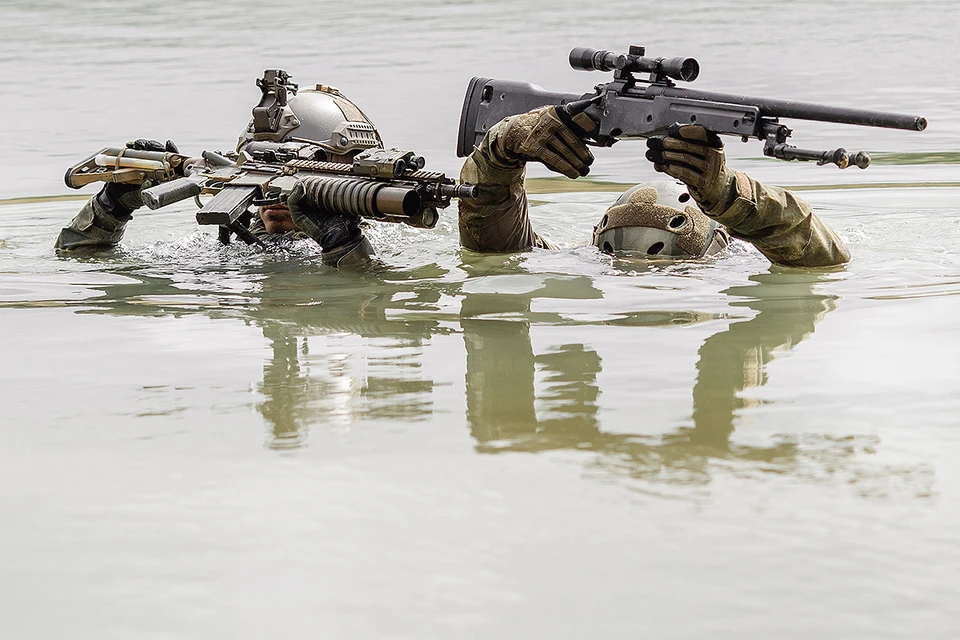
Max Bach

